Media | Articles
Opinion: 6 classics that don’t match their mythology
Anyone who’s ever read a comment section online knows that there’s no shortage of “expert” opinion out there extolling the virtues and vices of our favorite rides. Much of it is based on second- and third-hand experience, or even outright hearsay. That doesn’t stop the momentum from building, though, and before long a car gains a reputation that may or may not accurately represent the actual ownership experience. After having 40+ cars pass through my often-undeserving hands, I’ve developed a few opinions of my own, often running contrary to conventional wisdom.
1963 Buick Riviera
I’ll concede I’m probably not the target market for a first-gen Riv. Floating down a perfectly paved freeway for hours on end isn’t what I’d choose to do behind the wheel, even if I knew of a such a road anywhere near me. But that’s what the Riviera excelled at, sort of. Its undulating ride was more disconcerting than cruise-worthy. It had the turning radius of a city bus, and its puny brakes may have set a postwar record for largest inverse relationship between horsepower and stopping ability. And don’t get me started on the numb power steering. While the Riviera was certainly attractive, as a driver, it fell miles short of Bill Mitchell’s aspiration to build an American Ferrari. I sorely wish that Mr. Mitchell had been able to pry some brake, steering and suspension mojo from the excellent C2 Corvette. Sleek styling wasn’t enough to forgive its ills, so I’m forced to say the Riviera is overrated.
1965 Jaguar E-type
The Series I E-type is undoubtedly a good-looking car, regardless of whether or not you believe the story of Enzo Ferrari calling it the most beautiful car he’d ever seen. What is rarely talked about is how well the car drives, even by modern standards. It’s the opposite of the Riviera in that its chassis dynamics were commensurate with its good looks.
The Jag’s rack and pinion steering is delightful, communicative, and precise. Power assist isn’t even needed. The post-1964 all-synchro four-speed is a joy to shift, and its 4.2-liter dual-overhead cam straight six, while not rev-happy, makes good torque and more than adequate power. That said, I suspect its advertised 265 hp may have been a touch ambitious. No matter, at just under 2,900 lbs., it was good for 0-60 in about seven seconds. D-Type-inspired four-wheel disc brakes were good for the time, and while the car was set up more for GT-style driving than track-ready handling, if you could deal with the body roll, you could have fun exploiting the car’s power and near 50/50 weight distribution.
Marketplace
Buy and sell classics with confidence
The car isn’t without its peccadilloes, particularly with regard to its electrical system. But ultimately, when you look at values of its more exotic competition relative to their performance and livability, The E-Type begins to shine. For that reason, I find this cat a bit underrated.
1971 Datsun 240Z
I’ve owned four first-generation Z cars, though I’ve never kept one for a long time. There’s a reason for that: of any car I’ve owned, the corner-cutting to achieve a bargain base price is most evident in a Z. There’s almost no sound deadening to be found anywhere in the car, from the floors to the lightly padded, vinyl headliner, and as a result the freeway drone is maddening. In addition to the gratuitous noise (I will admit that the actual exhaust note is pleasing), in any significant crosswind, the early Z’s freeway wander is downright scary. The BRE front spoiler helps, if only a little. Inside, the plastic quality is backyard kiddie-pool spec.
I suppose it’s not really the car’s fault—it’s so pretty, and it handles and performs so much above its class that you expect the details to be as nice as a Porsche 911. They’re not, so I’ve always considered the Z to be a bit overrated.
1979 Porsche 924
If ever there was a car for which I had low expectations, this was it. I’m a multiple 911 owner, and before this car, I’d never owned any flavor of transaxle Porsche—certainly not the one deemed to be the worst of them, the original Audi-powered 924. I bought the car for $2,000 to do a “2,000 miles in a $2,000 Porsche” story for the magazine that I edit, Porsche Panorama. It was a middling road trip story at best, mostly because the car gave me zero material to work with. Nothing broke, though if it had, I think I could have solved most of it on the roadside because of the car’s inherent simplicity. Was it a little buzzy and underpowered? Yes, but the car’s beautiful balance, solid build, and sturdy honesty made up for that. As did its attention to aerodynamics, which gifted the 924 a lack of wind noise and near 30-mpg thrift on 87 octane fuel. Subjectively, I also found it quite pretty. The 924 surprised me in the best ways, and since then, I’ve considered it the essence of an underrated car.
1975 BMW 2002
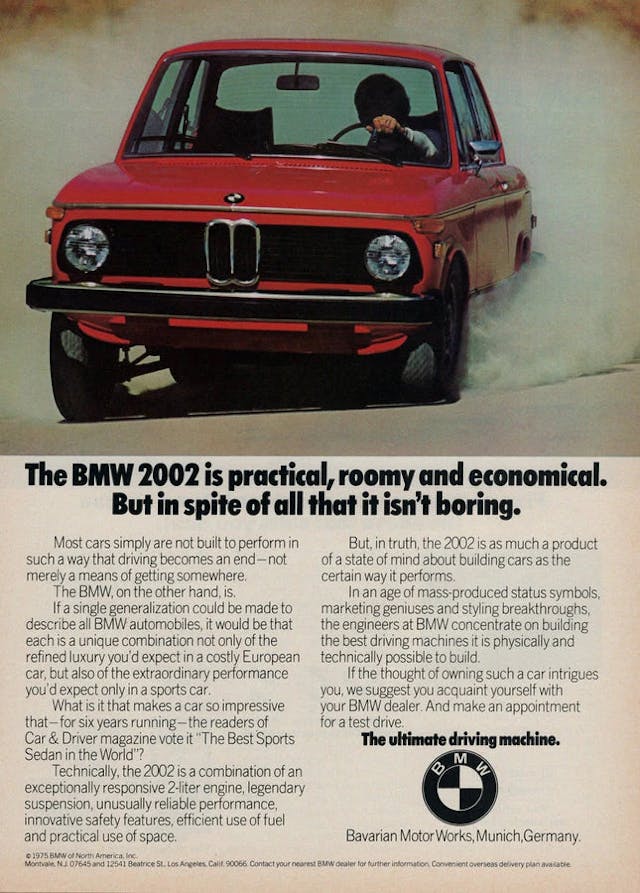
My 2002 was the exact opposite of the 924. The little Bimmer was a car for which I had huge expectations, most of which went unfulfilled, particularly in light of David E. Davis Jr.’s assessment that the BMW 2002 was the best way to get somewhere sitting down. It’s not that there weren’t any positives. The 2002’s driving position and outward visibility were top notch, but I found the car to be buzzy and underpowered in a far more egregious way than I found the 924. The lack of fuel injection combined with crude emission controls made for annoying flat-spots in the power curve. The car’s ventilation is largely theoretical—no face level dash vents at all, just ancient vent and quarter windows, and a sunroof if you’re lucky. The fake wood applique on the dash reminded me of a VW Scirocco. The steering that I expected to be super-quick was somewhat heavy and a little dead on center. Truth be told, by the time my 2002 was built, it was a fairly ancient design, and the injected 2002 tii was the spec that you really wanted. That said, I found the 2002 to be a generally overrated car.
1968 MGC GT
I actually had the experience of owning an MGC and a Datsun 240Z at the same time. Odd, because the C is the car that the Z wiped off the face of the earth. The MGC is the rare, six-cylinder version of the MGB that was deemed in-period to be an utterly inferior car to the Japanese upstart. I didn’t find that to be the case. In spite of their wildly differing reputations for quality, the MG felt more expensive in every way—the seats were covered in good-smelling leather, the chrome-ringed Smiths gauges looked nicer, and the whole car just felt more solid. As a freeway cruiser, there was no contest—the MG was somehow nearly impervious to crosswinds, something I discovered when I got caught in 65 mph gale-force winds on I-5 in between Seattle and Portland. With the overdrive engaged in fourth gear, it was also much more relaxed at speed than the Z. With its independent rear suspension, the Z was a better handler, but with the proper tire pressures (this is critical for the slightly nose-heavy MG), the C was no slouch either. On the whole, I found the MGC GT to be vastly underrated.
What about you—did your time in one of these cars dissuade you from the mythology that surrounds it, or confirm its greatness? Which car have you owned that provided the biggest contrast to how it’s perceived?
***
Check out the Hagerty Media homepage so you don’t miss a single story, or better yet, bookmark it. To get our best stories delivered right to your inbox, subscribe to our newsletters.

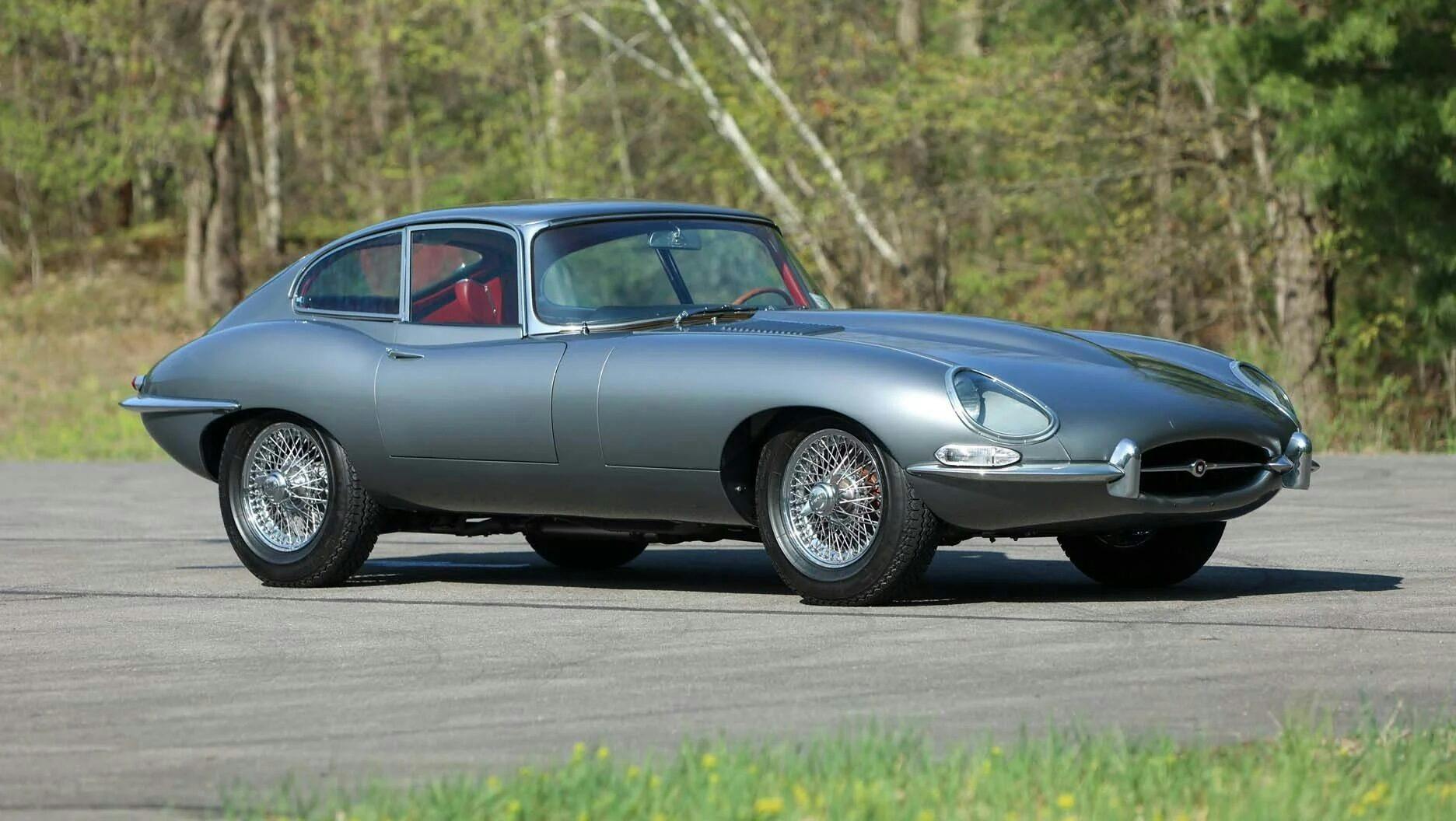
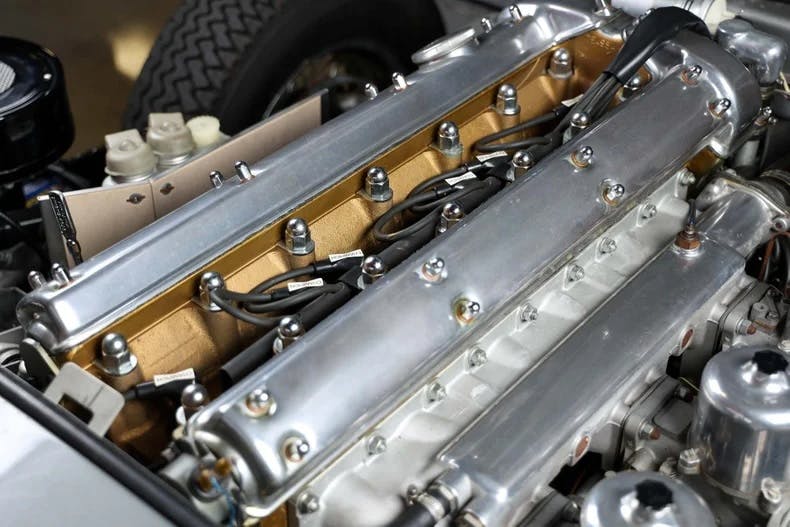
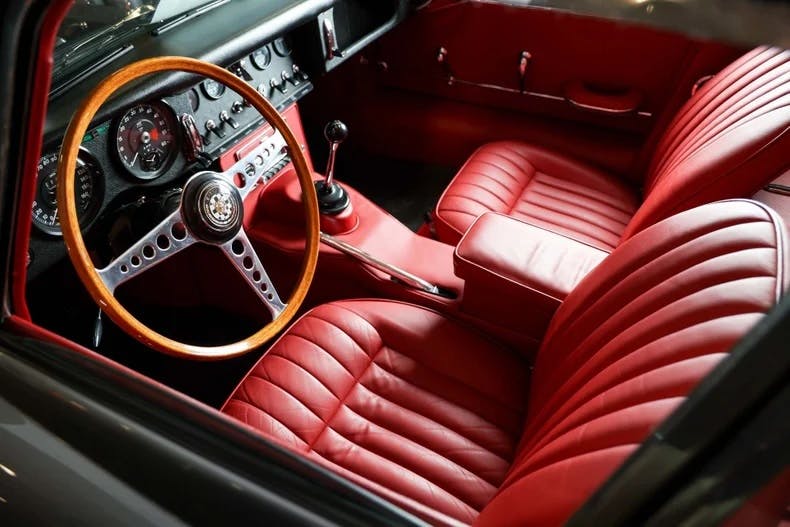






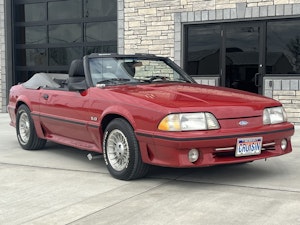

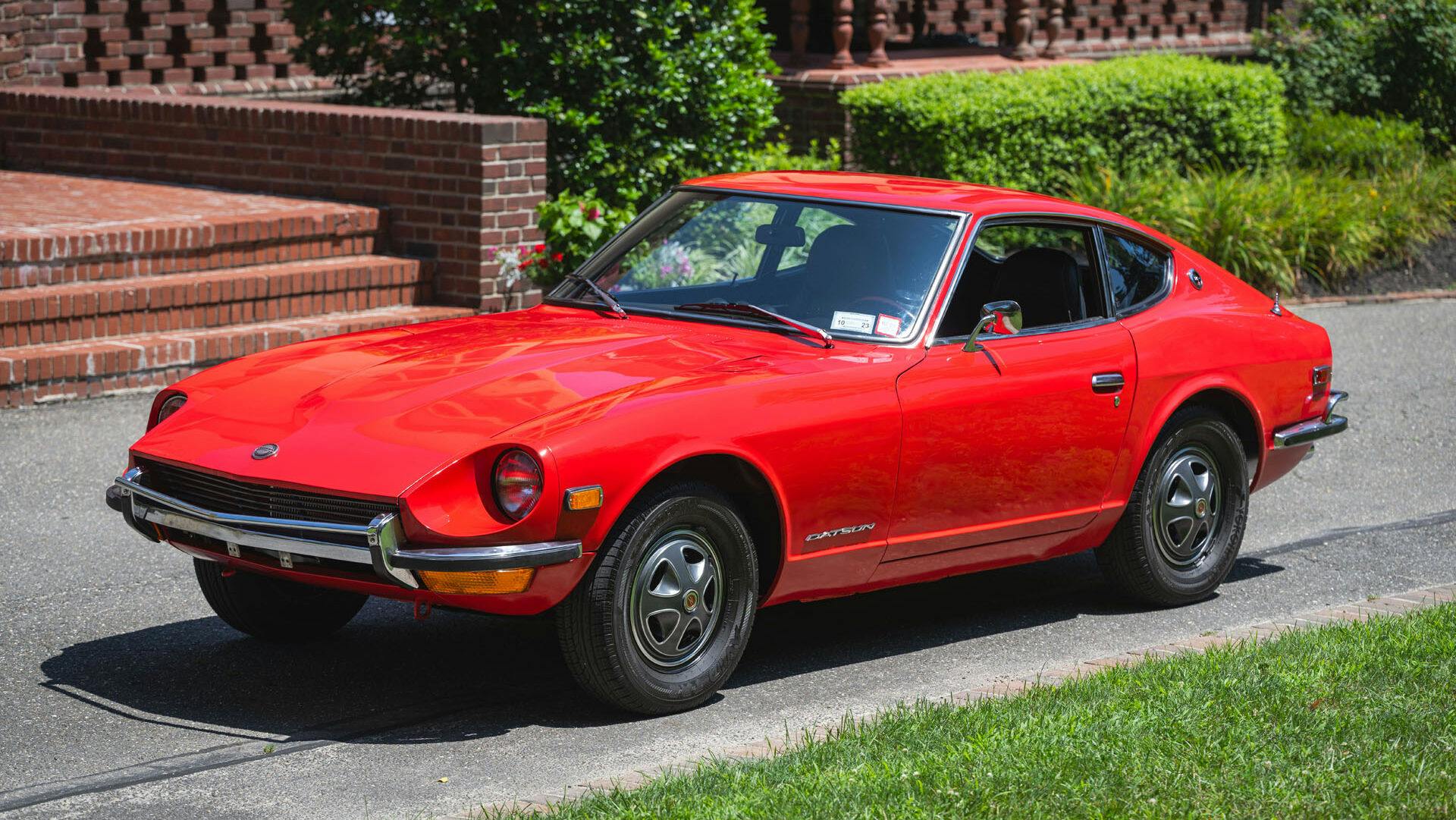
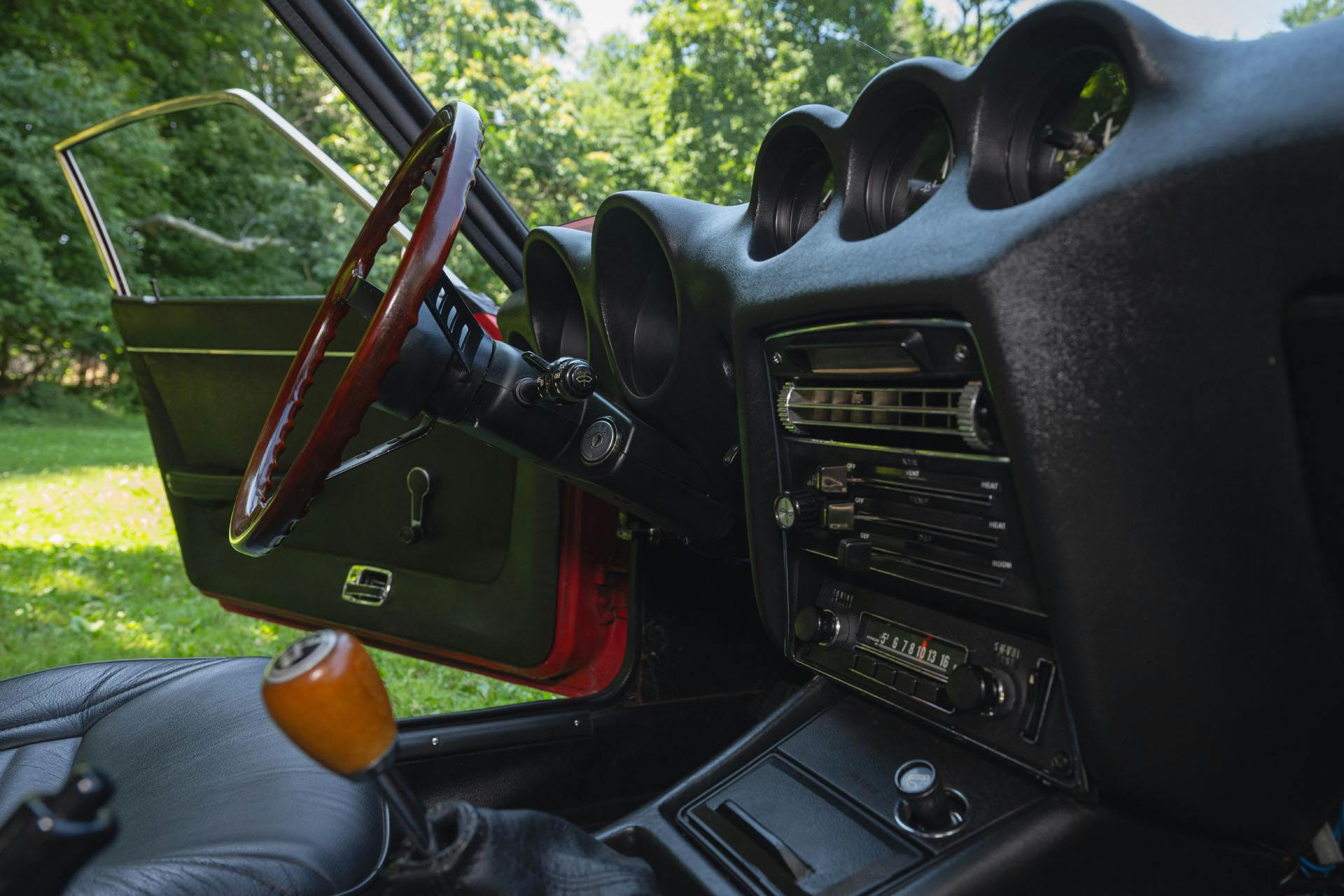

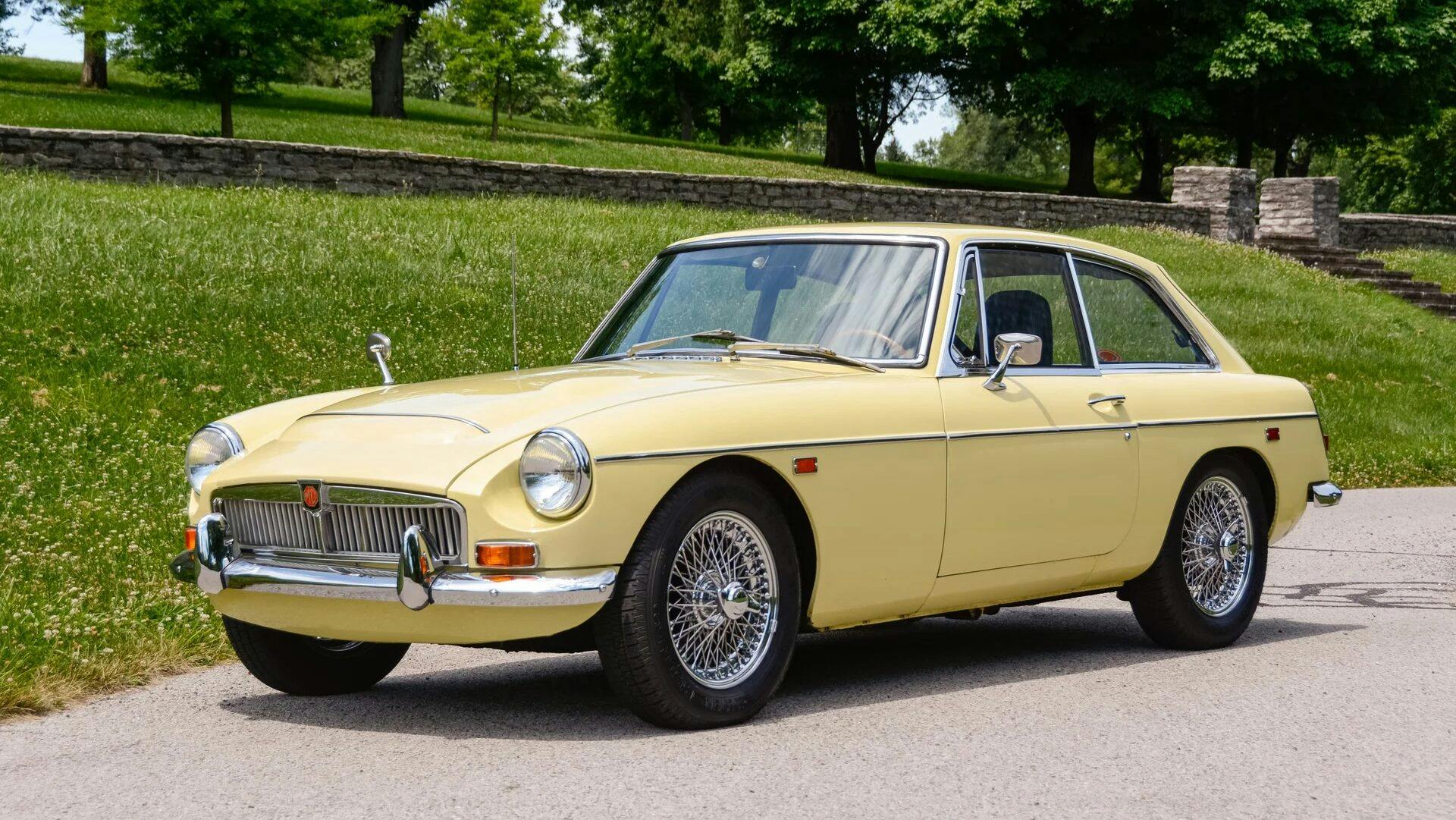
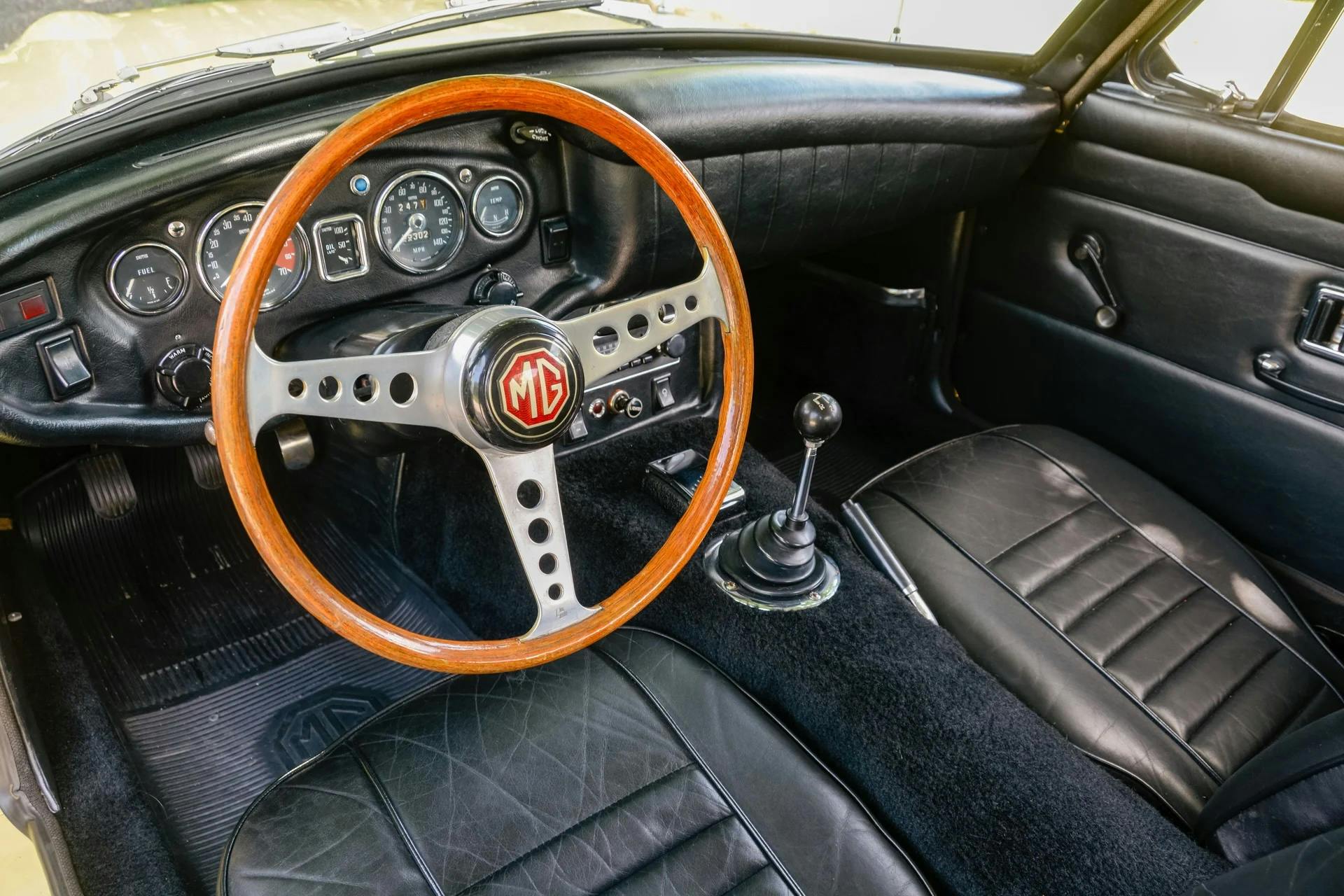
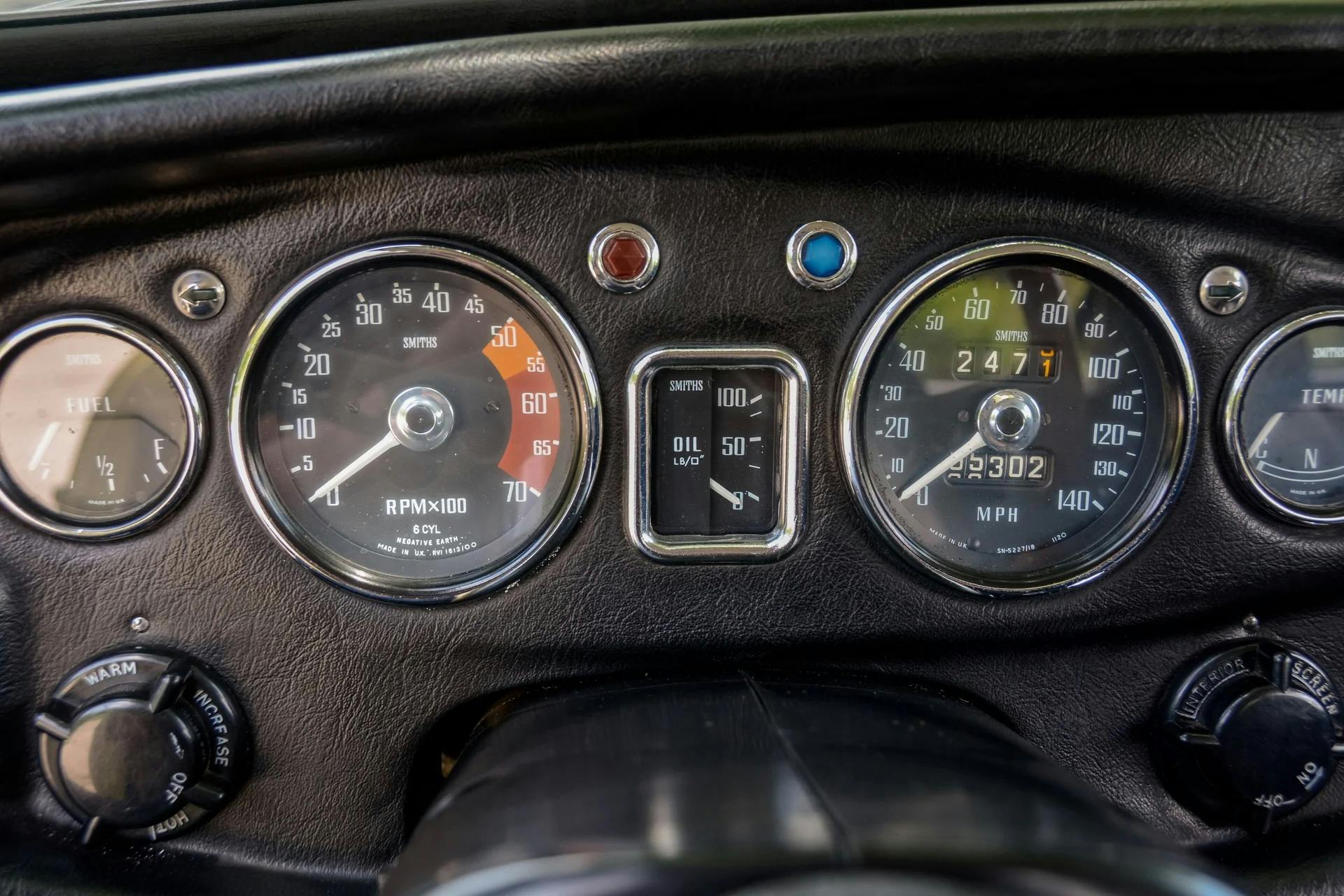













I agree with most of the group except for the 924. It still is the worst looking and least desirable in my eyes of any Porsche ever built. Sorry 924 lovers. The E-type and the MGC are British made so we know they leak oil but that’s to be expected.
That’s a feature called the “automatic oil changer.”
At least you knew it had oil if it was leaking out. Better than today’s electronic dashboard ‘dip stick’
As a multiple Porsche owner, I came to the 924 late in my obsession. All Porsche guys are really VW guys and the VW parts pin is all over the 924 because it was a VW project. Porsche Pope waved his magic over the car and I love mine. I have a 911 Turbo S, so that is a strong statement but one I stand behind as the build quality is good, it is cheap to maintain and it looks contemporary in the same way a Cistalia still looks good after decades of boring boxes. Remember it is fun to drive a slow car FAST. Rob has excellent judgment. Tell Damon to do a one mile review.
I guess I’m a bit confused by the 924 transaxle comment. A transaxle is combination of transmission/differential, and as far as I know, modern street Porsches always have them, and they’re always in the back. The difference with this layout is just that the engine is in the front, with a constant-turning shaft off the flywheel.
Rob,
But at that time, hardly any automaker knew what major engineering advances would be available in 2024. For the era, they fit the bill, not perfectly, but still worthy of their influence at the time.
In the early 70’s I owned an Austin Healey BJ8 and a MGC roadster. Loved them both but the electricals in the C were horrible! Driving on I-91 through Hartford traffic at 70 mph the fire would just go out without warning. Scary!
Your point about journalists and authors using secondary, even tertiary information they’ve gleaned from other old magazines or worse, the internet, is excellent, right on point. Having been a motorcycle and automobile gearhead for over 60 years, I’ve read a lot about vehicles and still subscribe to 15 motor journals.
You are one of the few writers to go back, look at old cars and be “newly objective.” I’ve owned an early 1961 E Type for over 20 years and spent a lot more on its mechanics than its electrics, however. A set of D Type alloys and non-street legal Dunlop race tires let me push it on Ohio’s winding roads and it really drives great, though with the forces I was exerting on the steering wheel I feared breaking it. It would be great if motor journalists could be blindfolded as they test and compare cars they report on; too many are influenced by appearance. While I’m taking shots, please, writers, stop using drag races as a measure of performance, especially with sports cars. Man up and push that car on road course, or at least a winding back road.
It would be difficult to not be influenced by the looks of your personal E type…I’ve seen it in person and it is beautiful! Your motorcycle collection is also fantastic.
I have owned over 20 ‘interesting’ cars since the age of 15, with many more company cars and assorted drivers along the way. A 1965 XKE roadster was one of the three outstanding and most thoroughly pleasing cars I had the good fortune to own, work on and drive, and I agree on your underrated decision. Perhaps I was lucky, but I had few problems with mine aside from the lack of serviceability on those rear inboard discs. I usually found the complaints about unreliability to be anecdotal, from people ‘who had a friend who owned one’. My other two cars, not on your list, were a ’65 Austin Healey 3000 MkIII and a ’65 Pontiac GTO. I certainly did not own the three at the same time, but the Jag and Healey were mine before I turned 20, and the Goat arrived at the end of my car collecting life. Yes, ’65 was a great year for me. I turned 13 that year and it was when I first noticed cars. Your article reminded me how fortunate I was to have later been able to own these.
Sounds llike we ‘matured’ in the same time frame. I never had any real exotics but I’d love to have my ’60 Impala now, my 1966 Chevelle ragtop with the Z28 350 I put in it, my ’72 454 Chevelle. I guess I was a Chevy guy
I’ve owned several classics and currently run a ‘69 MGB-GT and ‘67 MGB-GT V8. I often get comments at car events about how great cars used to be.
My standard reply is, “You remember them as better than they were.”
Note to the author. One will never make everyone happy. Stick to your guns.
The Riviera and full sized Buicks had 12 x 2 1/4 inch brake shoes. Monstrous for that time period. Considering Chevy used 11 inch brakes in full sized cars whether you had six cylinder or a 409. My 65 Riviera with only a 401 launches off the line like a missile but I have a Turbo Hydramatic 400 and not the earlier Dynaflow. The wheels are pretty offset towards the fenders and handling for a big heavy car is quite good. The only knock I had on the vehicle is the crazy exhaust system. It looks like a government plumbing project.
I drove a completely unloved vehicle for 29 years, the downsized GM C body Olds 98. It was a remarkable improvement over the previous GM big cars, especially in its suspension. It had good road feel and cornered better than anyone might have expected. It couldn’t be beat as an everyday driver and had all the comfort you could want. It was one of the few cars GM did right in the 1970’s.
I think your assessment is bit personal, and that’s fine and dandy. I like my women a certain way, but see the benefit of all types with their positives and challenges. It’s the experience that counts and lasts long after the specific event. Light weight, athletic, and form following function works best for me.
Riviera = Jane Mansfield; great looker, I’m sure it would be fun. Short lived for me.
XKE = Jane Seymore; fast, elegant, I’m sure it would be a long relationship with patience.
240Z = Geisha; interesting, different, it would be fun for a year.
924 = Little sister; she’s nice, but not like her tail happy big sister 911, throwing that ass around is more fun than should be allowed.
02 = The girl you take home to mom, and also party with at night – FUN!!! Regardless of her short falls.
MGC = Spectacular, but she leaves you often as she flakes out with mental breakdowns at times you need her most.
Diversity makes the world best, drive what you got (except nuclear rod EV’s), have fun, use your blinker, stay right, drive with respect. Choice is king – Merica!
Another contender…
The original Studebaker Avanti.
If you know anything about them (and most know less than they think they do…there is a lot of ill-informed “experts” out there), being based on 1953 underpinnings means it would drive like it should.
It had a hotter R-1 version of the Stude 289, and there was the R-2 Supercharger option. Plus disc brakes, so it wasn’t a total antique.
I restored one….and drive it for 5-6 years. I had a older friend drive it…he has much more seat time in ’50-60s cars than I, and his verdict was simple…drives like a 1955 car.
It’s great to look at but Loewy’s body design wrote checks the chassis couldn’t cash.
The later, post Studebaker, revival had GM underpinings. I drove an early ’80s exampld and if felt like a low buck rent car…which it was under the skin. Still, it had the original stylish interior which all things considered, is better than a Malibu.
If I had Jay Leno money, I’d restomod one with 90s Mercedes parts.
That would be a car.
Back in the early 70’s when I was in university, my first car was a 64-1/2 Mustang 6 cylinder convertible. I had a part time job pumping gas at a Shell station run by Wally Wicks, a Rolls Royce mechanic who took a shine to me because I could pick up an engine block and he had just had double hernia surgery. Instead of pumping gas he had me do the heavy lifting while he supervised over my shoulder. What a fantastic opportunity for a kid that doesn’t happen any more. He taught me to maintain my car and after having the killer 1970 Kawasaki 500 , I ended up with the first of seven Austin Healey 3000’s and I still have 4, 3 of which I’ve restored from the ground up, including a new Jules Frame for a 62 tri-carb. After a red 65 Healey 3000 with a completely rotten frame I replaced it with a one year old Datsun 240 Z…………How disappointed I was that you had to be constantly stirring the gear shift unlike all the grunt the 6 cylinder Healeys had. I’ve driven my Healeys across Canada and much of the US absolutely ABSOLUTELY trouble free and the reason is Joe Lucas uses all male bullet connections in the wiring harness, each coupled with rubber coated double side females , so that 50 connections become 100 loose connections if you take any connection apart and fail to put a new female on. Simple, carry a few spares in the glove box, and I have never ever had electrical problems after fitting alternators and replacing the very inexpensive female connectors. I’ve had Healeys do 140 MPH with the taller rear ends that came with Non overdrive cars and still my 62 tri-carb ( SU’s are much more reliable than strombergs in Triumphs ) , 66 and 67 dual SU Healeys are faster and more comfortable than my beautiful 66 Jag E-Type coupe because I always had to scrunch my head down in the Jag. Whenever my sons rode with me they were amazed that all the guys with Aston Martins, Porsches lamb’s whatever all rushed to roll down their windows at traffic lights to ask ” Where did you find that beauty ? ” . To which I would snicker to my son, ” Not at a VW dealership ” .
When the ’63 Rivie was introduced, I wondered why Buick didn’t hide the headlights behind those massive front fenders…then they wised up in ’65.